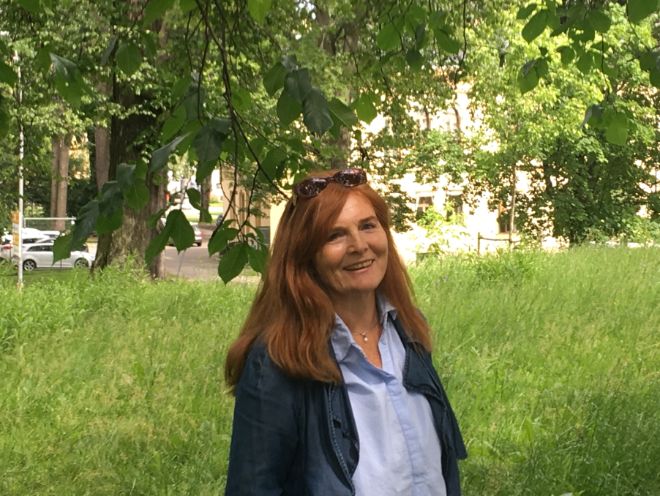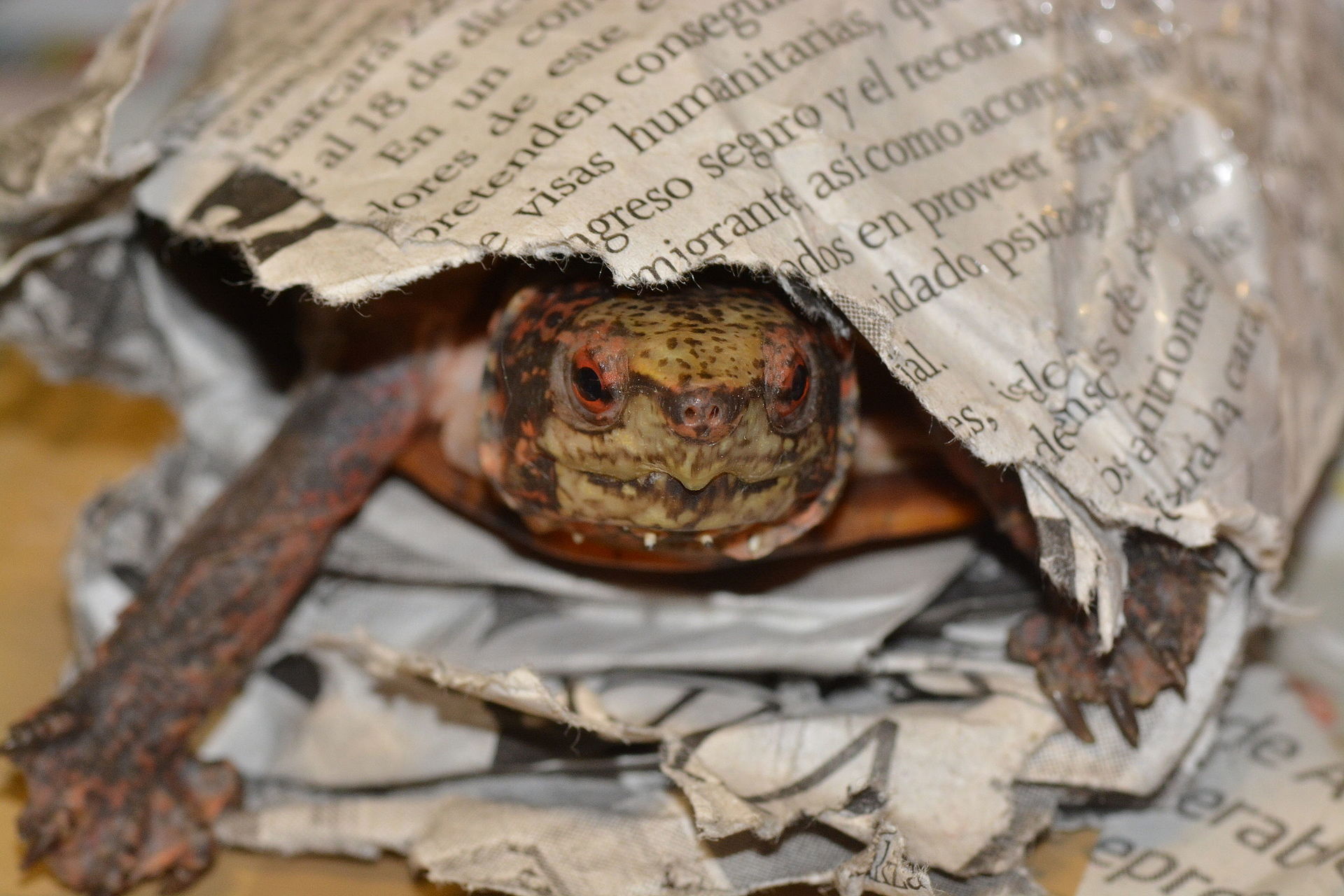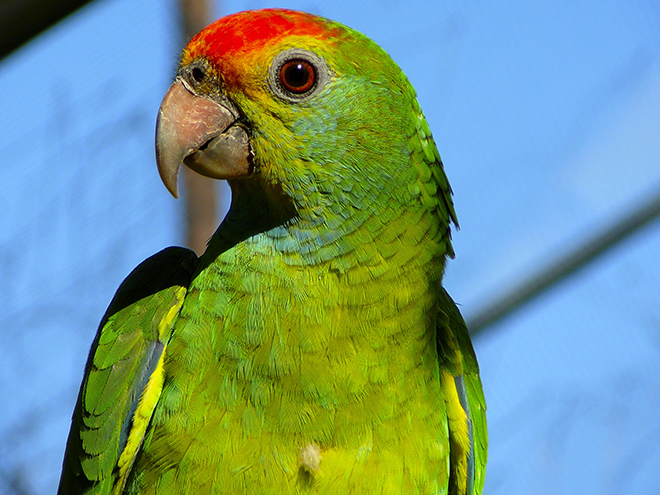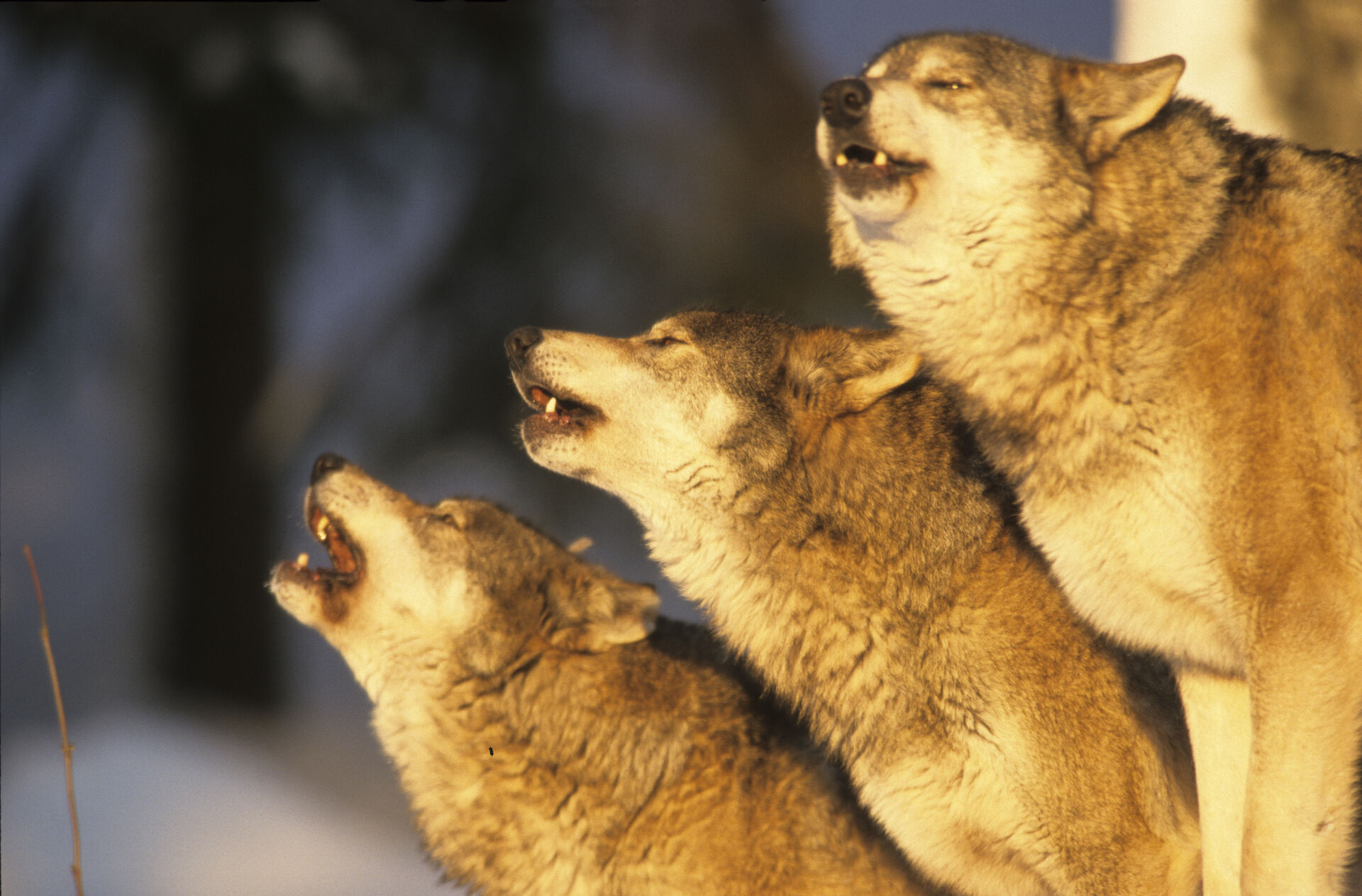A new research project at the Faculty of Law will investigate whether Norway's adherence to international conventions for the protection of endangered species — CITES and BERN — may instead facilitate, and legitimise, the eradication of endangered species.
A critical period for Earth's wildlife
According to the UN, over 1 million species on Earth are threatened with extinction. The legal and illegal trade in free-born animals is an increasing problem worldwide. Trafficking of animals and parts of animals is not only causing the loss of species, but also the permanent destruction and disappearance of ecosystems.
“People are most often seen as victims of animal trafficking, because communities can lose resources when animals are illegally abducted or people become victims of murder and threats from organised criminals involved in the trade,” says Ragnhild Sollund, professor of criminology. Less focus is put on the suffering of animals.
“They are referred to as illegal goods by the authorities and in the public discourse. It is important to remember that such a designation hides the suffering of individual animals.
Three out of four African grey parrots die in transit in the hands of traffickers. International environmental organisations warn that both African Grey parrots and Amazon parrots are about to become extinct. They may thus share the same fate as Spix’s macaw, which is extinct in the wild as a result of trade and lost habitat.
Sollund has researched environmental crime for over ten years, and is one of the pioneers in the field of research now known as Green criminology.

“Green criminology looks at the relationship and interaction between nature and society from a global ecological perspective and how devastating encroachments on nature cause different types of damage to the environment and climate. Green criminology examines how humans and other animals are affected by such damage, and how animals are abused and exploited today,” explains Sollund.
Trafficking with animals between Norway and Colombia
Sollund, who heads the research project, has just published a book based on a study in which she examined trafficking with wild animals in Norway and Colombia.
In Norway, Sollund interviewed people from various law enforcement agencies such as the National Authority for Investigation and Prosecution of Economic and Environmental Crime in Norway (ØKOKRIM) and the National Police Directorate. She interviewed individuals from the Norwegian Environment Agency, Directorate of Norwegian Customs, customs officers and veterinarians. In addition, she reviewed and analysed judgments and criminal prosecution documents. The collection of data in Colombia was based on interviews with experts in non-governmental organisations and with public sector employees working in this field.
While Norway can be seen as more of a recipient country of animals and parts of animals, researchers have traced the tradition of trafficking animals from Colombia to Europe back to the 1400s. The rich animal and plant life in Colombia, including in the Amazon, has made the trafficking of animals widespread, and difficult for the authorities to control, given that the exploitation of animals has long historical and cultural roots. In Colombia, the authorities seize primarily animals used as pets and for food. The transfer of diseases between humans and animals is also seen as a big problem.
“Trafficking of animals into Norway takes place in several ways,” says Sollund. “A large share of the trafficking is the result of tourism. People travel, and bring home animals, or products of animals, back as "souvenirs". They can include ivory, reptile skins, dead reptiles, stuffed crocodile/alligator heads, corals, jewellery made from turtle shells, caviar, and liqueur made from endangered species. Many people are not aware that they are bringing home parts of endangered animals,” says Sollund. The perpetrators are by and large not professional criminals, or organised crime in Norway, but rather people who are not aware that they are doing something illegal.

“Another part of the trafficking is done on the Internet. Both the offerings and demand are huge, but it is difficult to obtain an overview of how much of the trade it constitutes,” says Sollund. One thing is that there is no monitoring by the control authorities' of the trade happening on the open web; for example, ivory can be advertised on Finn.no without any intervention. A case in Norway that concerned a man who bought ivory on eBay also showed that sellers will advertise genuine, illegal ivory as "faux ivory" to bypass the ban. Another thing is the completely unknown extent of the trade that takes place on the dark web.
“Many who shop for animals and products of endangered species online are also not aware that what they are doing is illegal,” Sollund believes.
The most common seizures of live animals by Norwegian authorities are reptiles and exotic birds. This is related, among other things, to the fact that a ban on keeping reptiles in Norway was in place from 1977 to 2017. In 2017, it become legal to import, sell and keep 19 species of reptiles as pets, while other reptiles, amphibians and exotic mammals are still banned. “It is still too early to say what kind of consequences this change in the law will have on criminal activity,” explains Sollund. In addition, the trafficking occurs in conjunction with taxidermy - the art of preparing, stuffing, and mounting birds and animals. Taxidermy is also common after trophy hunting, where it is most often the head of the animal that is cut off and hung up as a trophy. It is unknown what may be imported as illegal trophies to Norway.
International conventions on the wrong track
While the Washington Convention (Convention on International Trade in Endangered Species of wild fauna and flora [CITES] ) and the Bern Convention (The
Convention on the Conservation of European Wildlife and Natural Habitats) have existed for many decades, the research until now has focused little on the problems related to implementation, the ambivalence in the legislation and how this has had consequences for individual animals and endangered species.
“The problem with CITES,” says Sollund, “is that it sends mixed signals.” On the one hand, it is supposed to regulate a trade that countries want to continue because the animals are seen as resources, and on the other hand, it is supposed to protect species from extinction.
Norway's enforcement of the Bern Convention is also being stretched in a direction where consideration for people's interests is emphasised at the expense of species protection, but because Norway has signed the convention one can get the impression that endangered species are actually protected. None of the conventions apparently take the individual animal's interests or rights into consideration. It thus appears that the conventions violate the principle of the Animal Welfare Act that animals have intrinsic value.

Due to the lack of reception centres for these victims of trafficking in Norway, the animals are often left with the border control and dealt with by the Norwegian Food Safety Authority. The Norwegian Environment Agency will explore whether some of the country's zoos can accommodate the animals, but it is the rule rather than the exception that they are destroyed. The animals are seized to enforce CITES, with the paradoxical result that the animals are killed, rather than protected. An example of this was when a man brought a large number of parrots to Norway, and lacked CITES papers for some of them. The ones he did not have papers for were killed.
CRIMEANTHROP - Criminal justice, wildlife conservation and animal rights in the Anthropocene
A major debate is taking place in Norway about whether we are complying with or violating the principles of the Bern Convention. An important aspect of it is whether Norway can also become a model for how other countries comply with their obligations. This is one of the questions that will be examined in the research project CRIMEANTHROP - Criminal justice, wildlife conservation and animal rights in the Anthropocene.

By comparing four countries – Norway, the UK, Germany and Spain – all of which have signed these conventions, it will investigate how different states abide by local, national and international commitments and how they act to both take into account the protection of endangered species and other interests.
Sollund will lead a team of established international experts in the field, but also bring in younger researchers, who will commence their work on the project in the autumn of 2019.
From an anthropocentric perspective to a holistic, inclusive eco-feminist perspective
“The motivation for my research is twofold: A commitment to the animals that are the direct victims of this crime, and for the loss of diversity and destruction of ecosystems, which the trade and pursuit of endangered species is causing,” says Sollund. “This impacts not only the animals and ecosystems, but also all people who must live in a poorer world, where the opportunities to see wild animals is disappearing.”
One goal has been to shift focus from an anthropocentric perspective, which means that people's interests are prioritised over animals. “How far we can and should go, how far society accepts that we go to protect the interests of animals, are questions that concern me,” says Sollund.
She views herself an eco-feminist, and believes that there are clear parallels and connections between discrimination of women and nature, anthropocentrism and structural racism.
Need for stricter punishment?
Sollund believes it is important to increase the penalties, both for general and individual deterrence purposes.
“I also believe that there is a disparity between the seriousness of this type of crime and the sanctions it is met with by the authorities. So far, Norway has only one example of a person who has received any considerable punishment for trafficking in CITES-listed animals. He was given a four-month prison sentence. Although there has been an increase in the size of the fines imposed in the last decade, this is a type of crime that is still associated with low risk, and where there is potential for high profits. It is also a paradox that if a person kills a wolf in Norway, they are required to stand trial, while this rarely happens if someone violates the CITES Convention, although this type of crime may involve far more animals,” concludes Sollund.